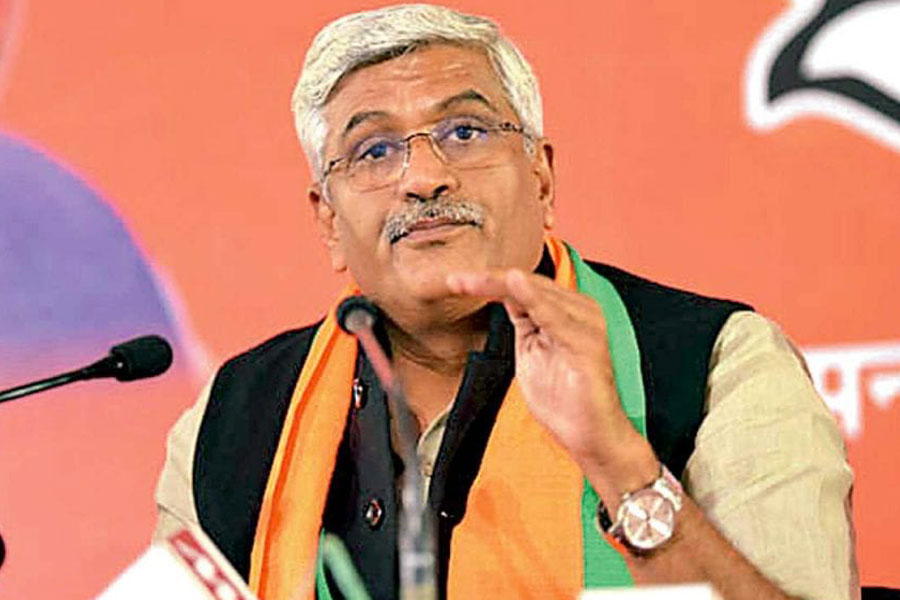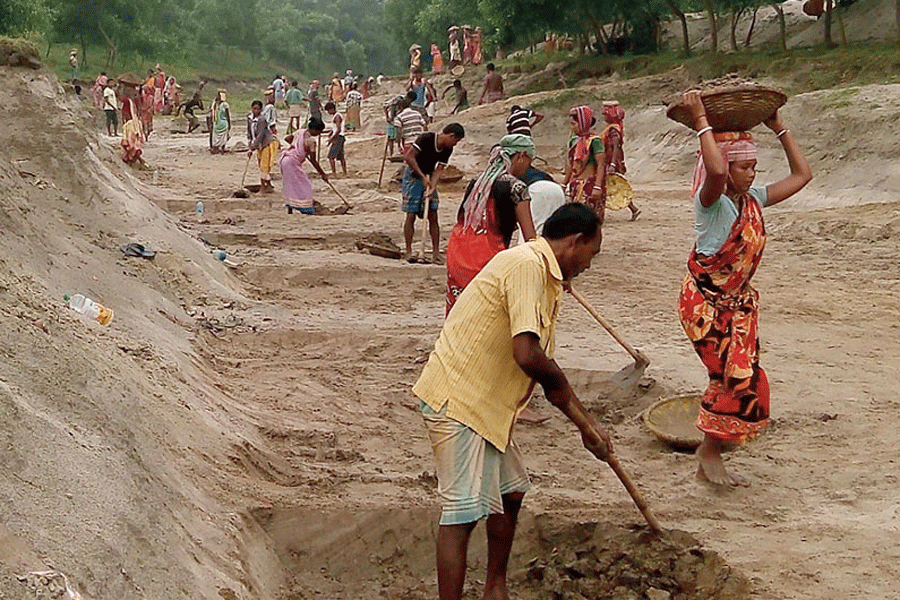New Delhi, Oct. 3: Madhukar Pai, a doctor and epidemiologist in Canada, first suspected something was wrong when he received invitations to join the editorial boards of journals on climate change, plants, even physics — fields that had nothing to do with his area of expertise.
Then his email inbox was flooded with requests from dozens of scientific journals based in India, urging him to submit research papers to them. One journal pledged that any paper he submitted would be reviewed within 15 days and, if accepted, published for a fee of $260 (Rs 16,050).
Pai, an India-educated doctor and associate professor at McGill University in Montreal, is among scientists worried that India has emerged a hub for dubious open-access research journals that compromise on a critical aspect of scientific publishing — peer-review. Open-access journals are digital publications that may be read free via the Internet, but charge scientists for publishing their papers.
Now, a sting operation by an American biologist and science writer has provided what Pai and other scientists believe is the first quantitative evidence to support their suspicions about open-access journals from India.
The results of the investigation, to be published on Friday in the US journal Science, suggest that India is the world’s largest base for open-access journals that accepted decoy research papers that should have been rejected in any genuine peer review.
In the sting, John Bohannon submitted to 304 open-access journals papers he had scripted that described how a chemical from a lichen fights cancer cells but were riddled with scientific flaws that should have alerted the journals’ reviewers.
But 158 journals accepted the flawed papers — and 65 of these journals were based in India, although 15 other India-based journals rejected the papers. The US, according to his report, was the second largest base — with 29 acceptances and 26 rejections.
“India is where most of this is happening,” Bohannon said.
The academic community largely supports the open-access movement that has burgeoned over the past decade, riding on the digital revolution and offering the promise of free access to published research papers in an era when the costs of traditional printed journals have risen steeply.
A Directory of Open Access Journals maintained by a former librarian at Sweden’s Lund University now lists over 9,900 open-access journals. Many of these, with rigorous peer review, remain highly respected publications.But some fear that dubious open-access journals will pose a threat to the very concept of open-access publishing as researchers will find it increasingly difficult to separate credible journals from dubious ones.
“Open-access publishing has become the new cottage industry in India,” Pai said. “All one needs to create such journals is a website, a computer, the Internet — and a bank account to receive money.”
Many of these journals do not seem to have institutional backing and do not list the full credentials of their scientific editors, Pai said. And many of these journals are made to appear “international” while they are run out of India.
Last week, Pai received a paper-seeking email from the Journal der Pharmazie Forschung, Annalen der Chemischen Forschung, and the Angewandten Biologie Forschung, but the contact office for all three journals listed in the email was an office complex in Bangalore.
Another India-based open-access publisher, the International Organisation of Scientific Research, publishes 20 journals. Its Journal of Very Large Scale Integrated Circuits and Signal Processing lists Ugur Cakilcioglu, China, as its executive editor, without any affiliation.
A Google search for Ugur Cakilcioglu suggests that a person with the same name is also the associate editor of the Journal of Medicinal Plants, another open-access journal published from India.
A staff member of the International Organisation for Scientific Research told this newspaper, when contacted on telephone, that Ugur Cakilcioglu’s affiliation would be made available if requested on email.
Three open-access publishers contacted by this newspaper asserted that they had respectable researchers on their editorial boards and every paper they received went through peer review. One publisher said Indian researchers needed to pay Rs 3,200 for an accepted paper, while foreign researchers were charged $60 to $70 (Rs 3,700 to Rs 4,320).
Bohannon’s 65th acceptance from India for his decoy paper came from the People’s Journal of Scientific Research, based in Bhopal. Its chief editor, G.S. Longia, sent him an email informing him that the manuscript had been accepted and that he should send $220 (Rs 13,580) as “handling and printing charges”. The email also mentioned the bank account details.
“This is a scam that keeps many happy,” said Kasturi Lal Chopra, physicist and former director, IIT Kharagpur.
“Journals make money through fees for published papers, researchers get dubious quality papers published in journals with little or no peer review, and then they use such publications to seek promotions.”
Chopra had last year written to the University Grants Commission and the human resource development ministry, urging them to tweak rules so that the quality of the publications was taken into account to determine promotions.
“I haven’t had any response,” said Chopra, who is also president of the Society for Scientific Values, a non-government watchdog that tracks ethics in science.
Concerns about the proliferation of dubious open-access journals have prompted Jeffrey Beall, a librarian at the University of Colorado in the US, to maintain a webpage that lists what he calls “potential, possible, or probable predatory scholarly open-access publishers”.
The first entry on the list is a Mumbai-based publisher of three journals that deal with commerce and management, arts and education, and science and technology.
Many open-access publishers list databases where their journals’ contents are indexed and listed. Among the databases cited by the Mumbai-based publisher is Beall’s list of predatory publishers.










